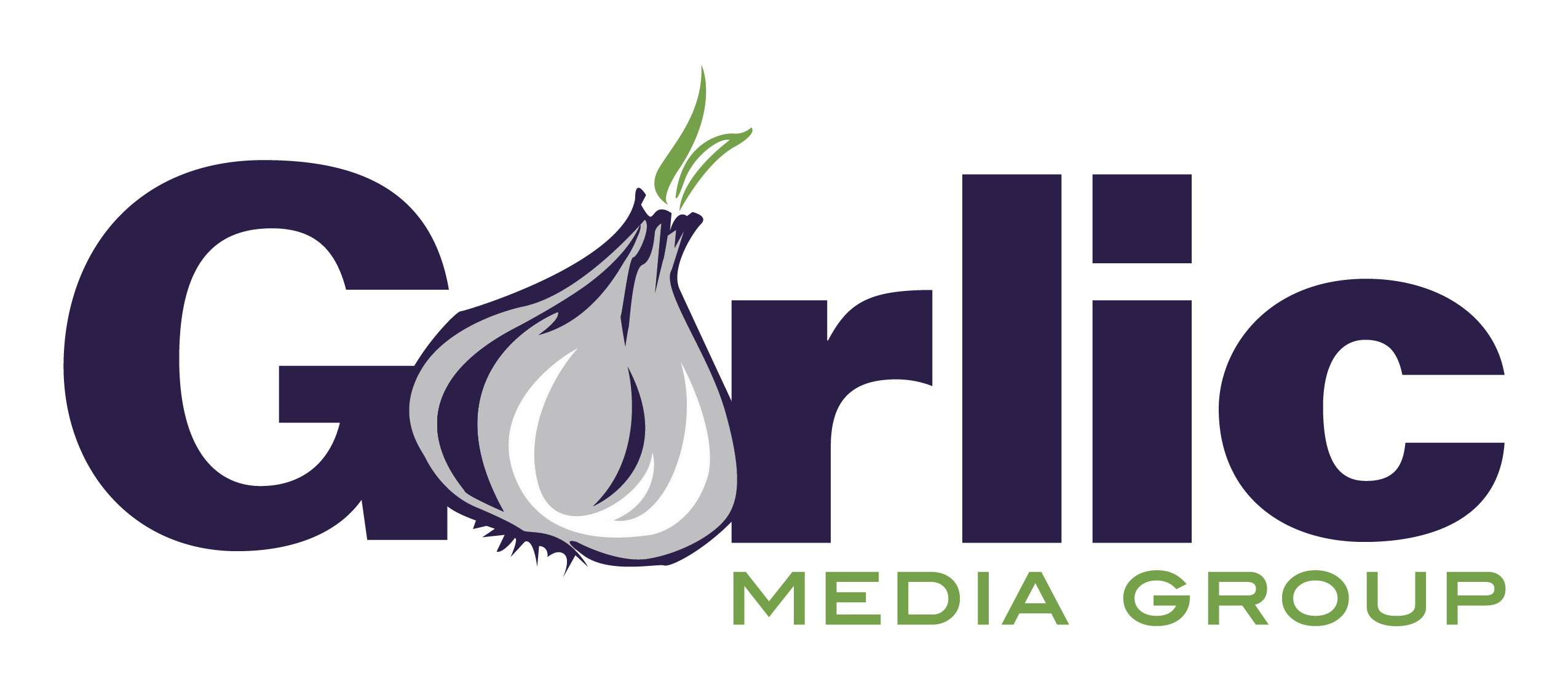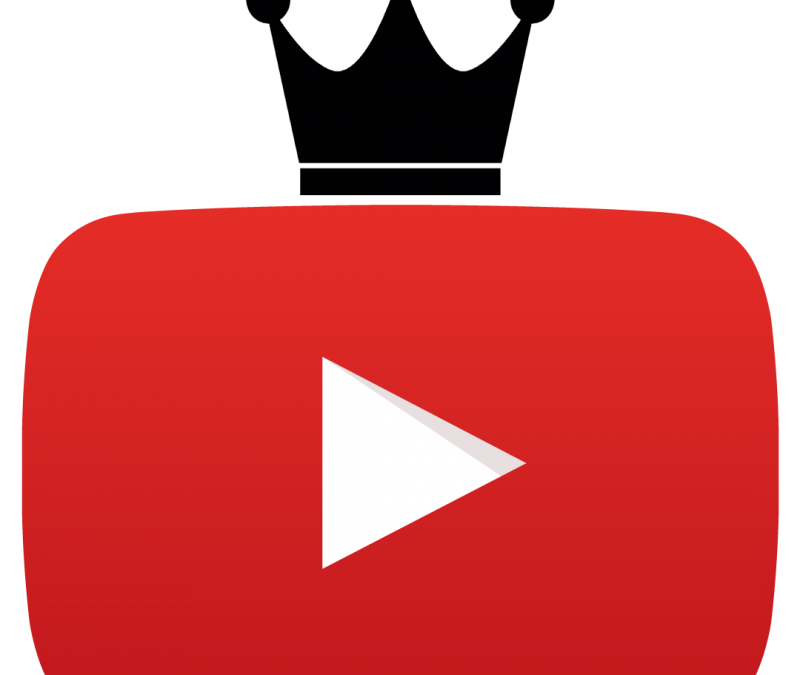Video should be your next focus when it comes to digital marketing, and I’m not just saying that because we at Garlic love both video production and digital marketing.
It’s no secret that companies and brands use video to heavily promote material. From product reviews, tutorials, and advertisements, YouTube is saturated with paid or promotional content with the purpose of getting in front of the right audience.
So why is video still the last medium for companies to turn to when it comes to online marketing?

While people do currently search for videos within YouTube, YouTube was not, first and foremost, a search platform the way that Google Images or Google Maps might be. YouTube could still be considered more of a social platform where individuals and companies post content to be shared and enjoyed. We use video platforms to engage with other people through comments while sharing insight, advice, and experiences.
For those of us who just started using social media in high school or later, videos may have seemed cumbersome to watch and did not have the instant gratification that we could get through other outlets. Why watch a review of a product when we can go on Amazon and read about it? Why watch a video walk-through when we could quickly scroll through a gallery of images? Video just reminded us of commercials that were constantly trying to sell us.
So what changed?
Visitors don’t shy away from video as much as they used to. The quality of not just the video, but the content of the video, has much improved. While the traditional ads can still be frustrating, the organic videos appearing on your social feed or search engine result page are no longer just people trying to sell you something – it is a makeup tutorial, an appliance repair DIY, a recipe to try, an honest product review, etc.
These videos are becoming ingrained as a part of our lifestyle. There may still be some promotional intent (certain products being used or a company page offering tips) but the videos can also be a win-win for the user.
Consumers as a whole have become much more familiar with navigating videos and some are even using YouTube as their primary resource over a traditional blog or review site. A younger generation in particular has been engaging with video on their parents’ phones and tablets since before they could read.
“Google CEO Sundar Pichai gushed about the video streaming service. YouTube now delivers hundreds of millions of hours of video per day, and much of that is happening on mobile devices. And it’s not just people watching cat videos. “People turn to YouTube and they want to research, buy or fix a product,” he boasted. “For example, mobile watch time for apparel videos has doubled this year and videos about toys have also doubled.” That’s why Google has added shopping ads that allow people to make purchases directly within a video.” (www.wired.com)
And what is better than a higher quantity of consumers watching video? People are actually spending more time, on average, engaging with digital video than they are engaging with social media. Videos are becoming the norm when it comes to how people consume content online.
Omid Kordestani, Google’s chief business officer, said that the average session of a mobile user on YouTube exceeds 40 minutes. 40 minutes. This is a platform primarily used by 18 – 49 year olds who are spending more time on YouTube than anyone could have predicted. This does include visitors who are watching episodes of a tv show or listening to music, but the sheer amount of familiarity with the platform is making it a priority for marketers who want to reach that target audience.
 Facebook has now implemented the auto-play feature on videos (without sound), making users more inclined to actually watch a video that they otherwise would not have taken the time to watch. And Google is integrating YouTube videos more and more into their blended search results. Google saw the potential for video when they purchased YouTube, and they are continuing to push it as a primary source for consumer engagement.
Facebook has now implemented the auto-play feature on videos (without sound), making users more inclined to actually watch a video that they otherwise would not have taken the time to watch. And Google is integrating YouTube videos more and more into their blended search results. Google saw the potential for video when they purchased YouTube, and they are continuing to push it as a primary source for consumer engagement.
Think of Google as YouTube’s mom. Google owns YouTube and is so proud of YouTube and sees so much potential in YouTube that Google wants to share what YouTube has made with anyone that will listen (no matter how good or bad it may be). You should probably listen to Google, because moms are usually always right.

